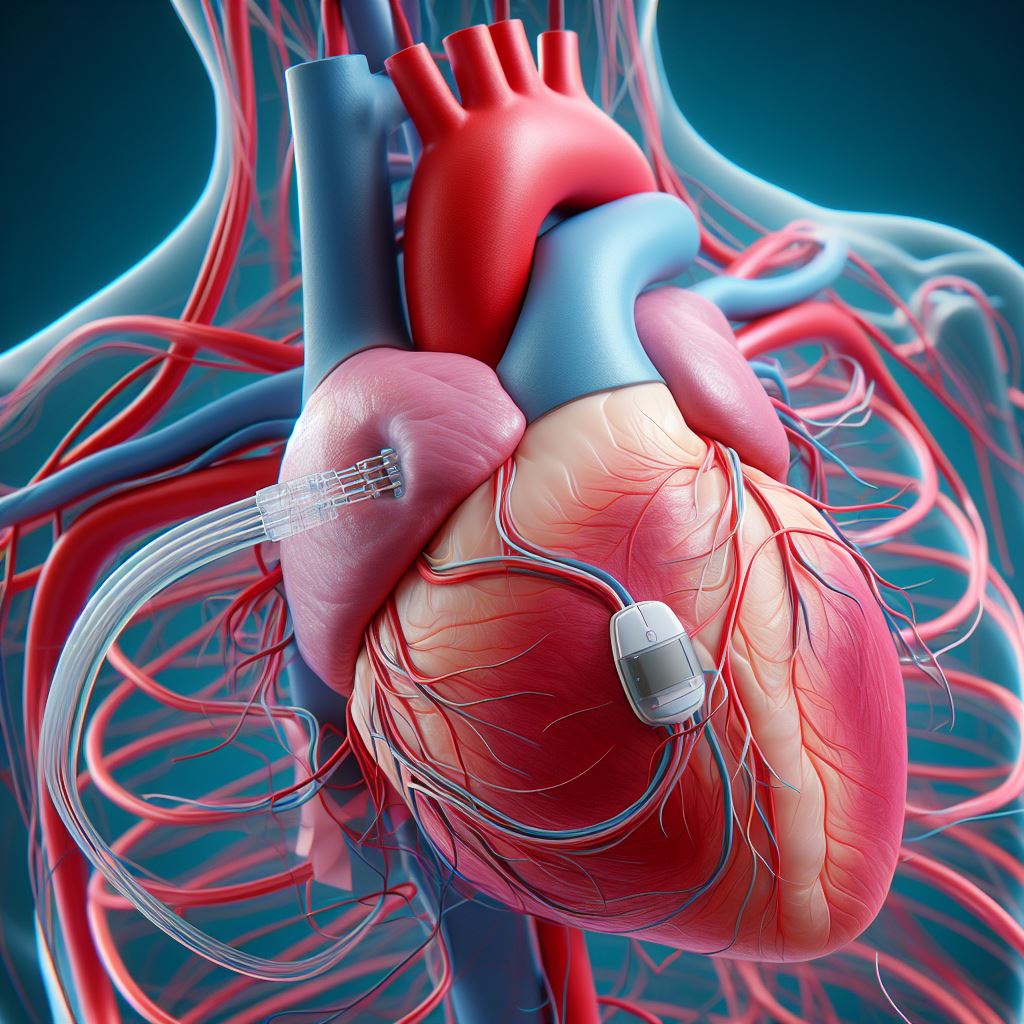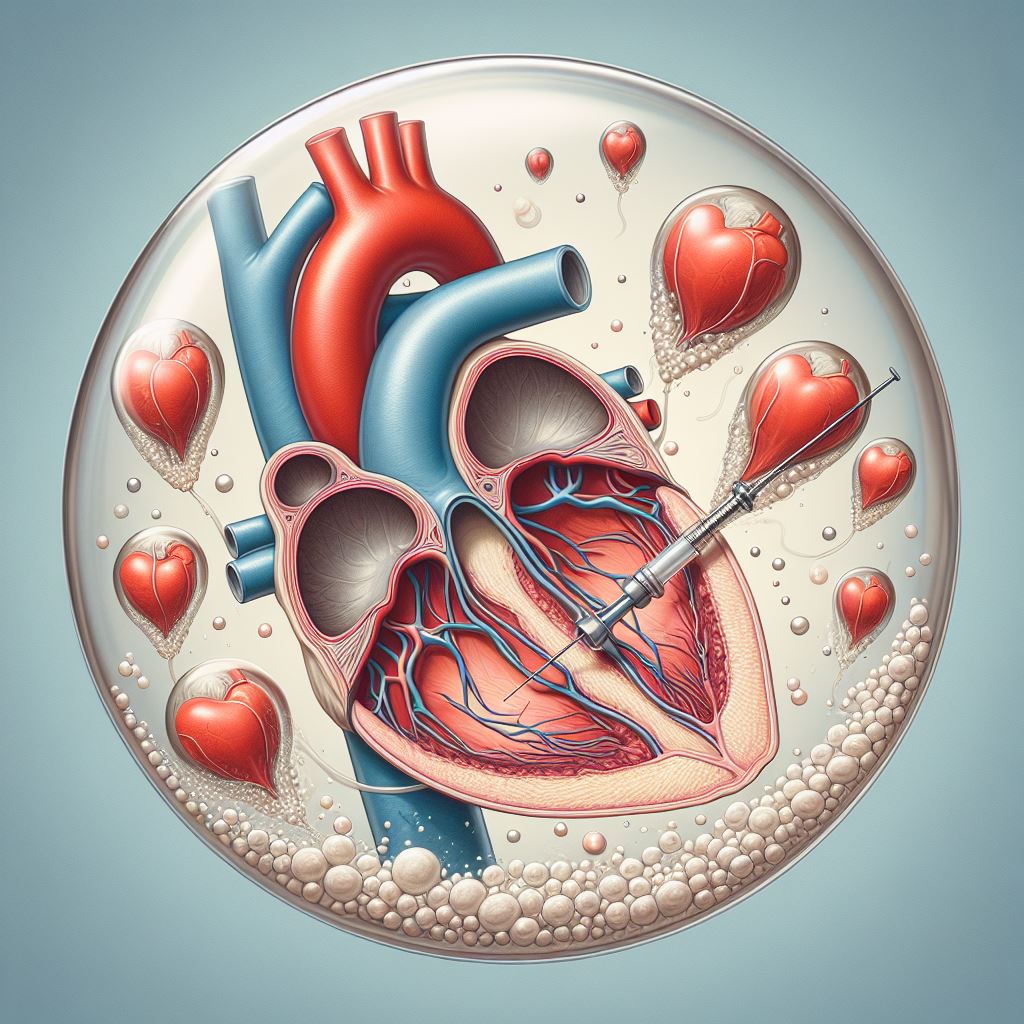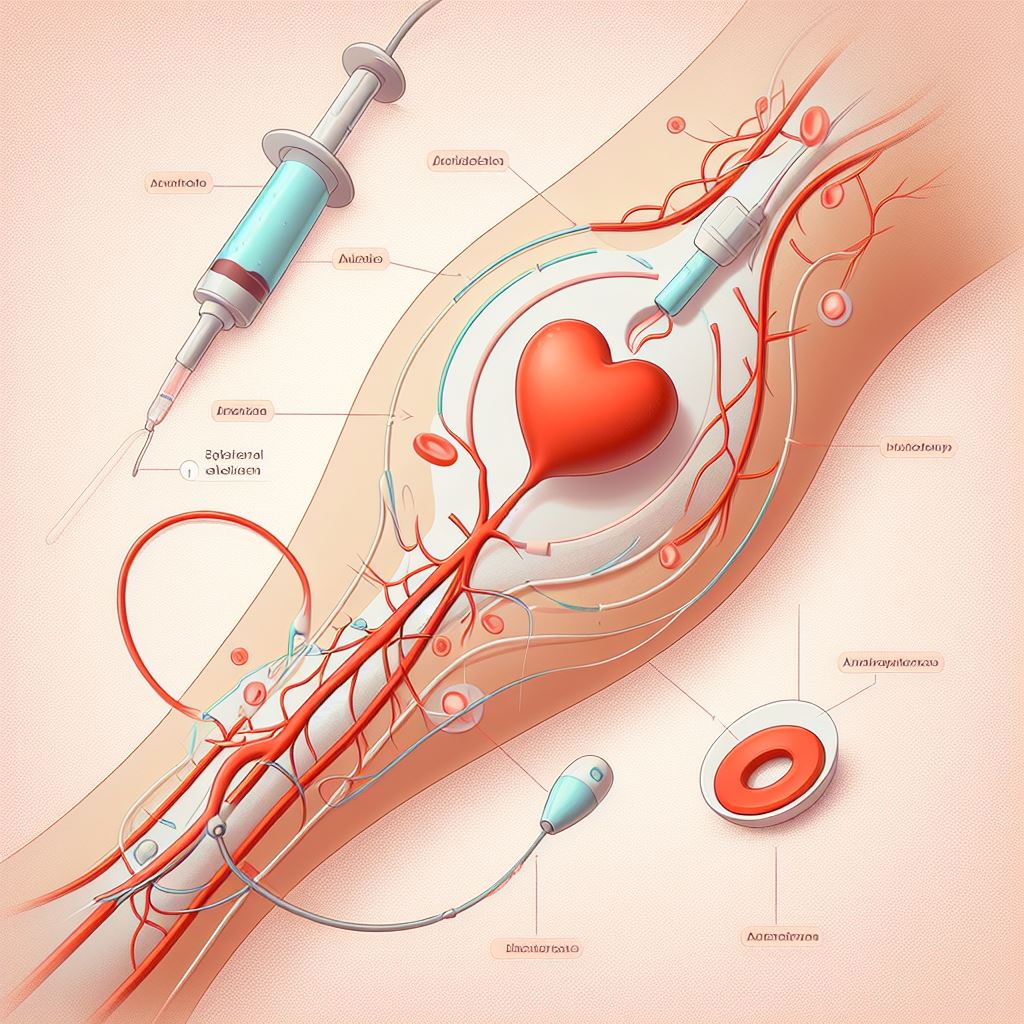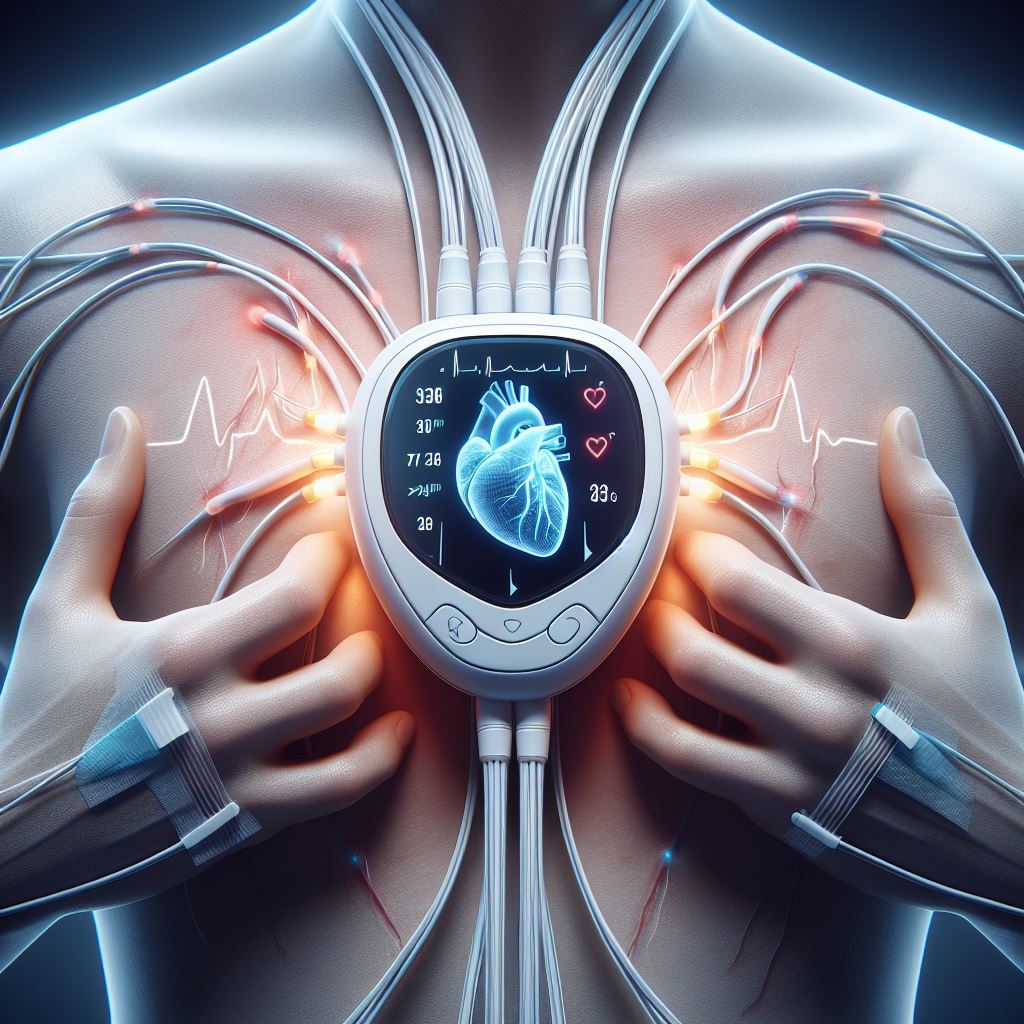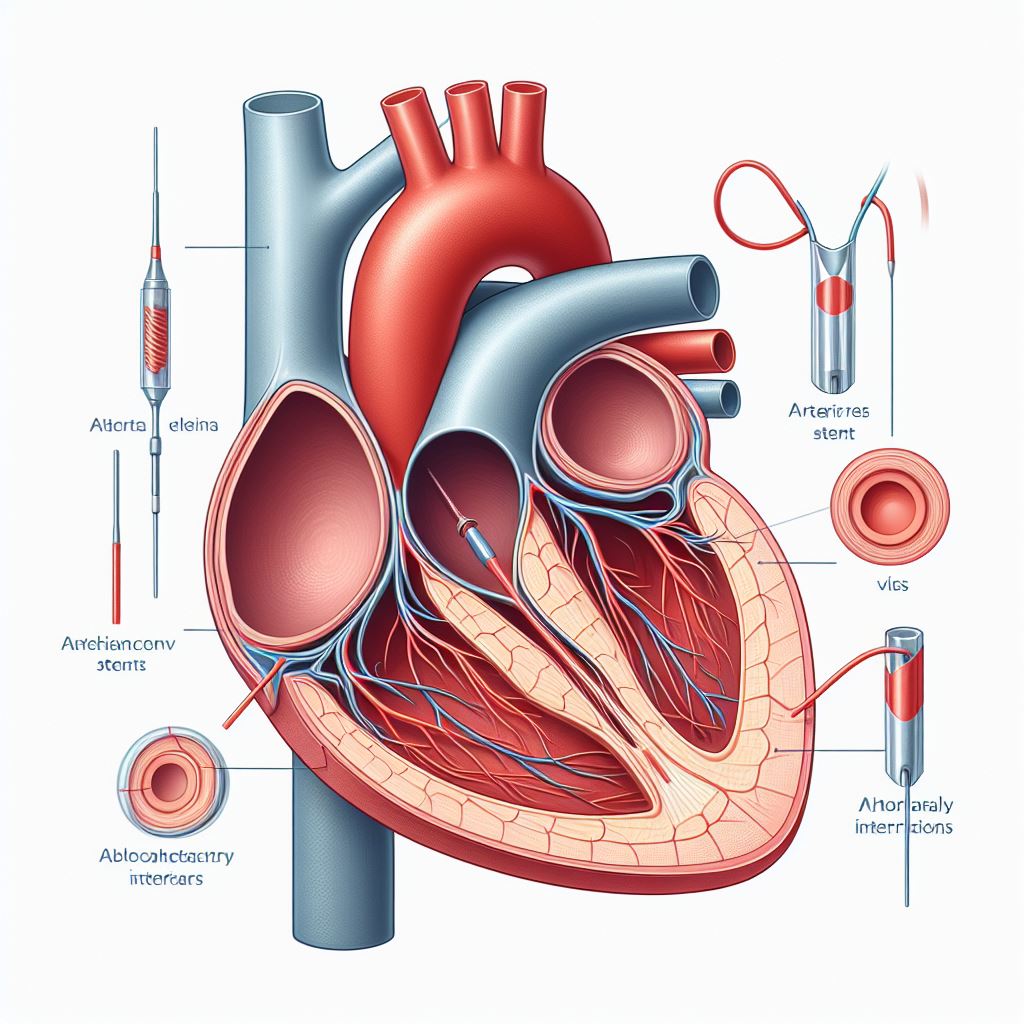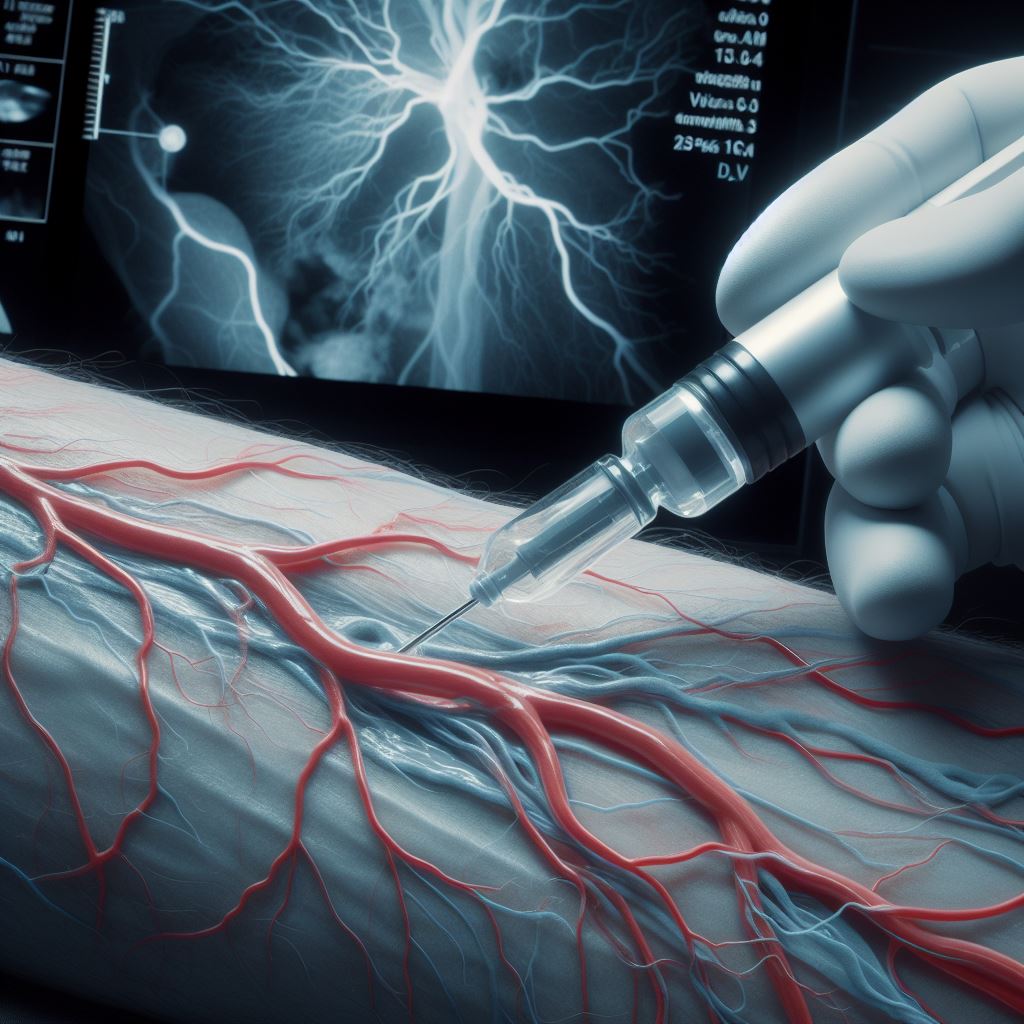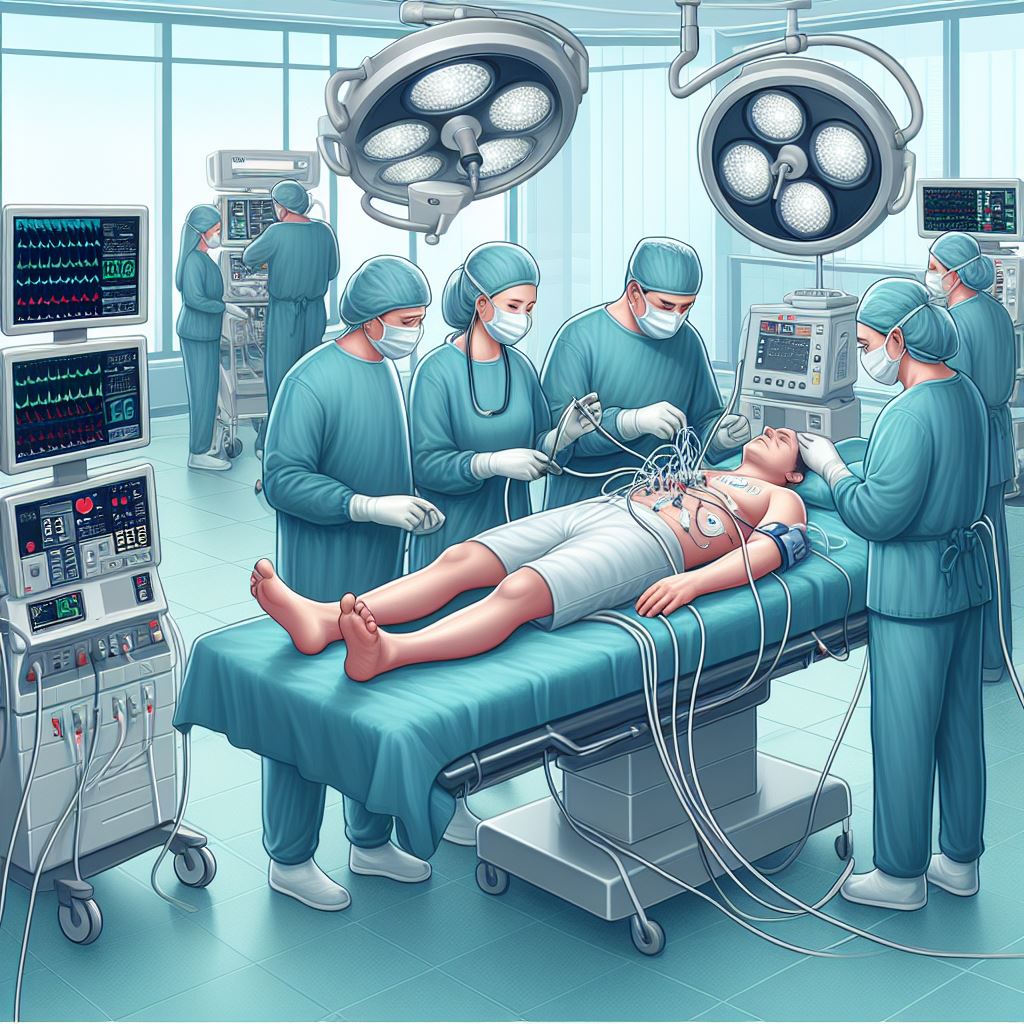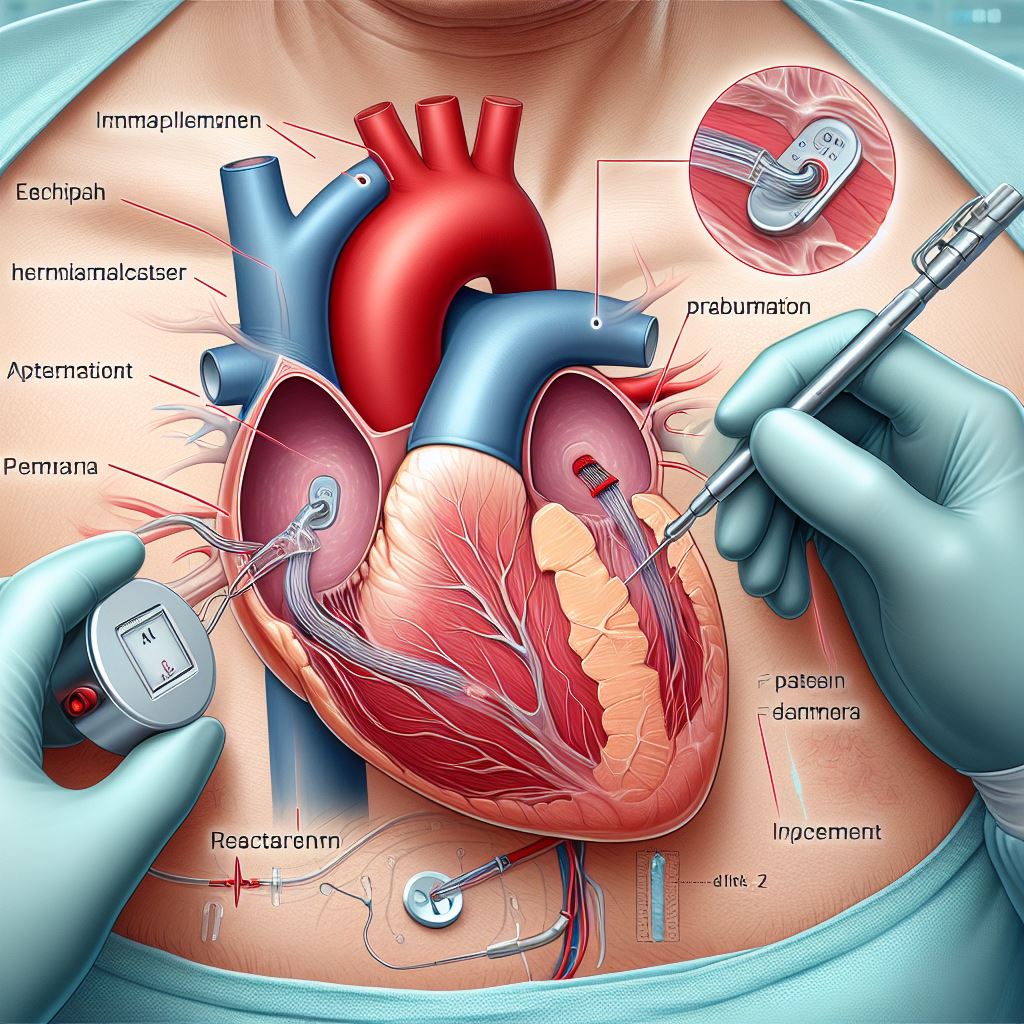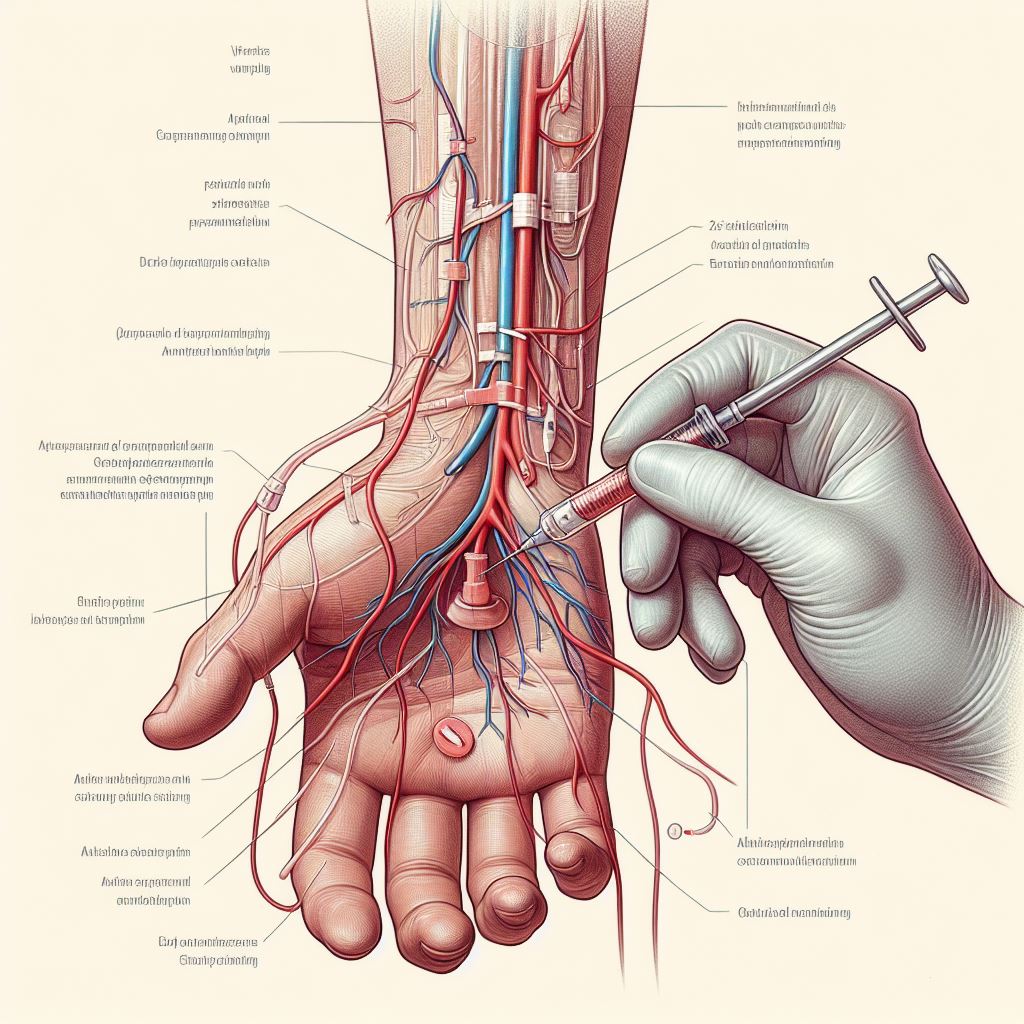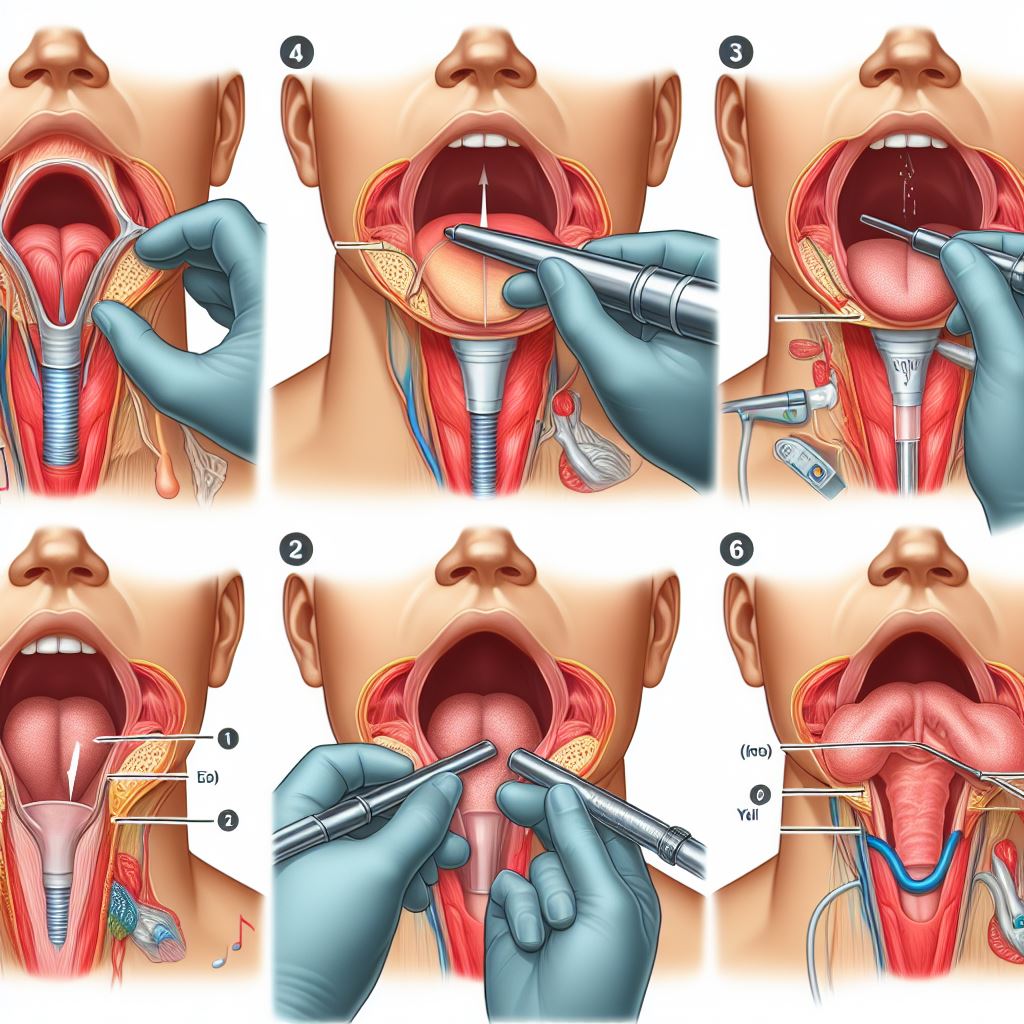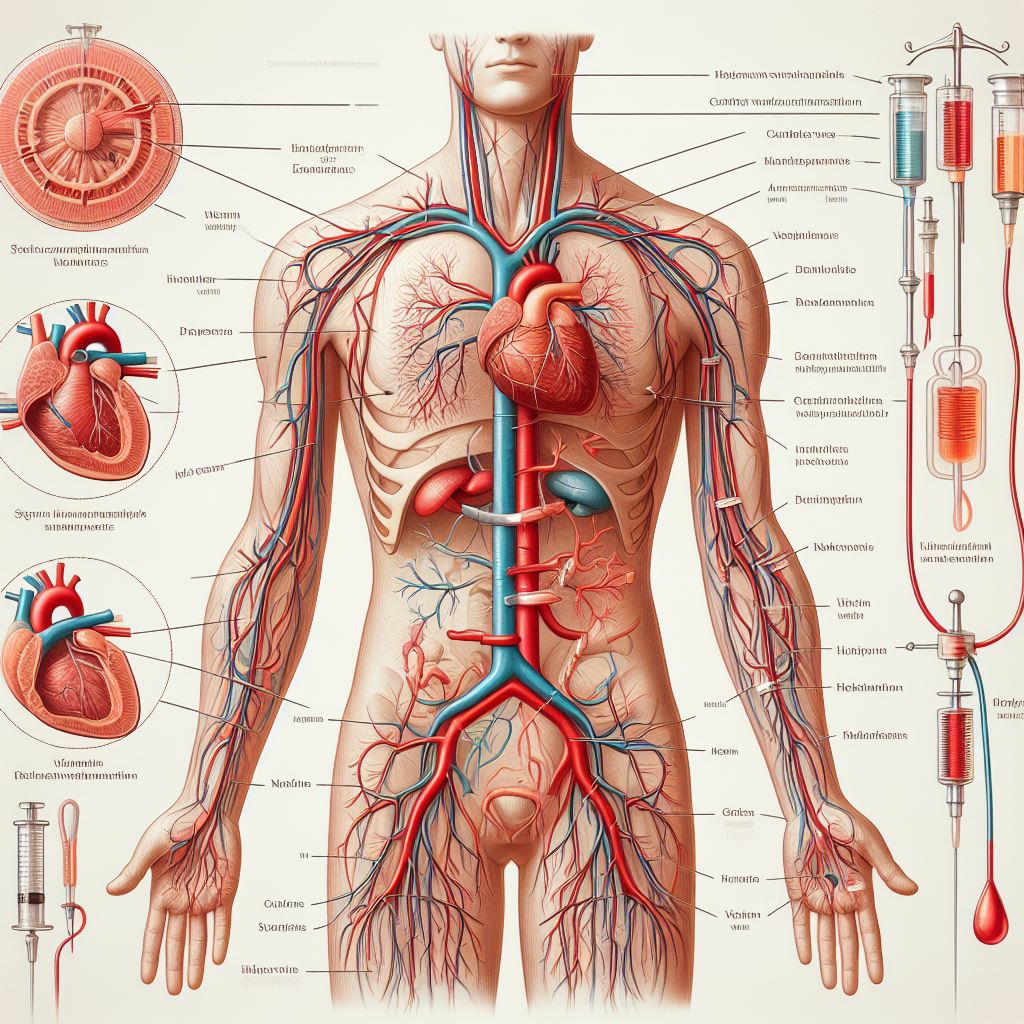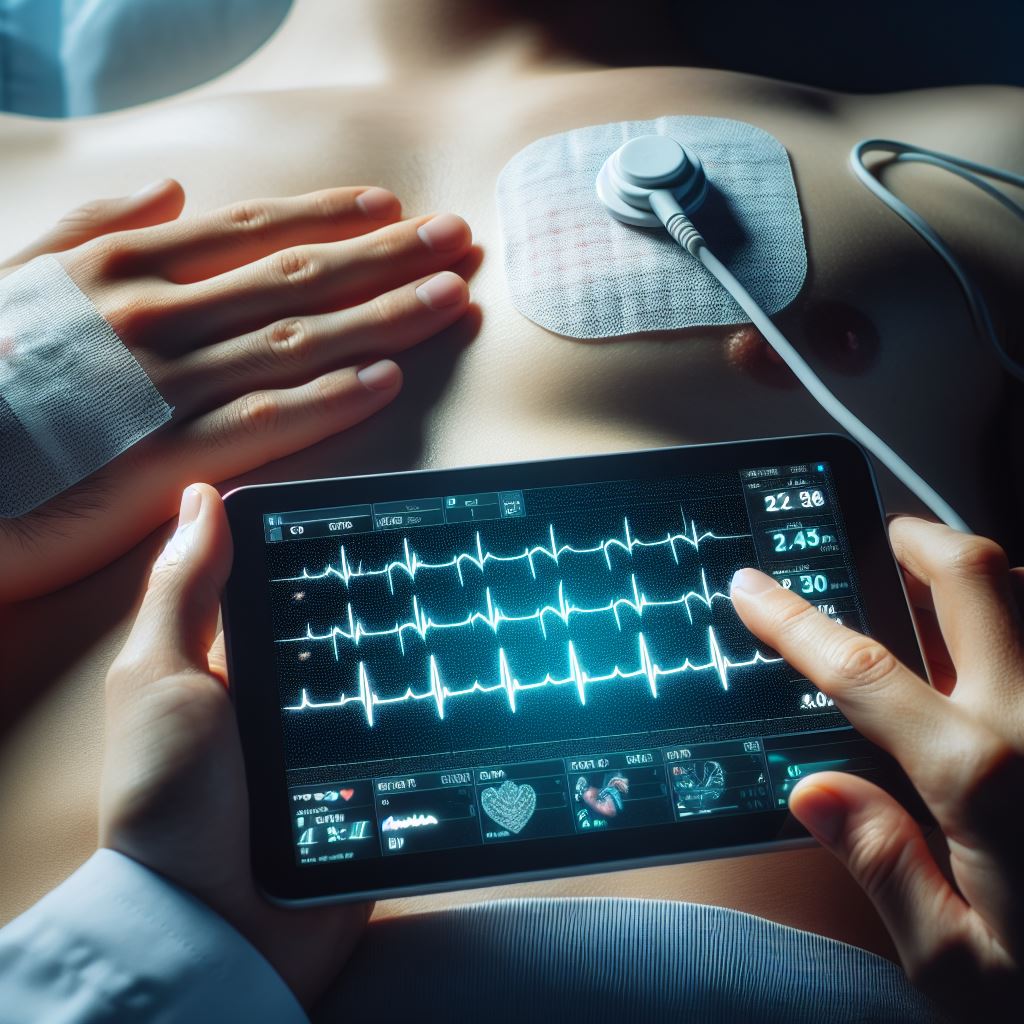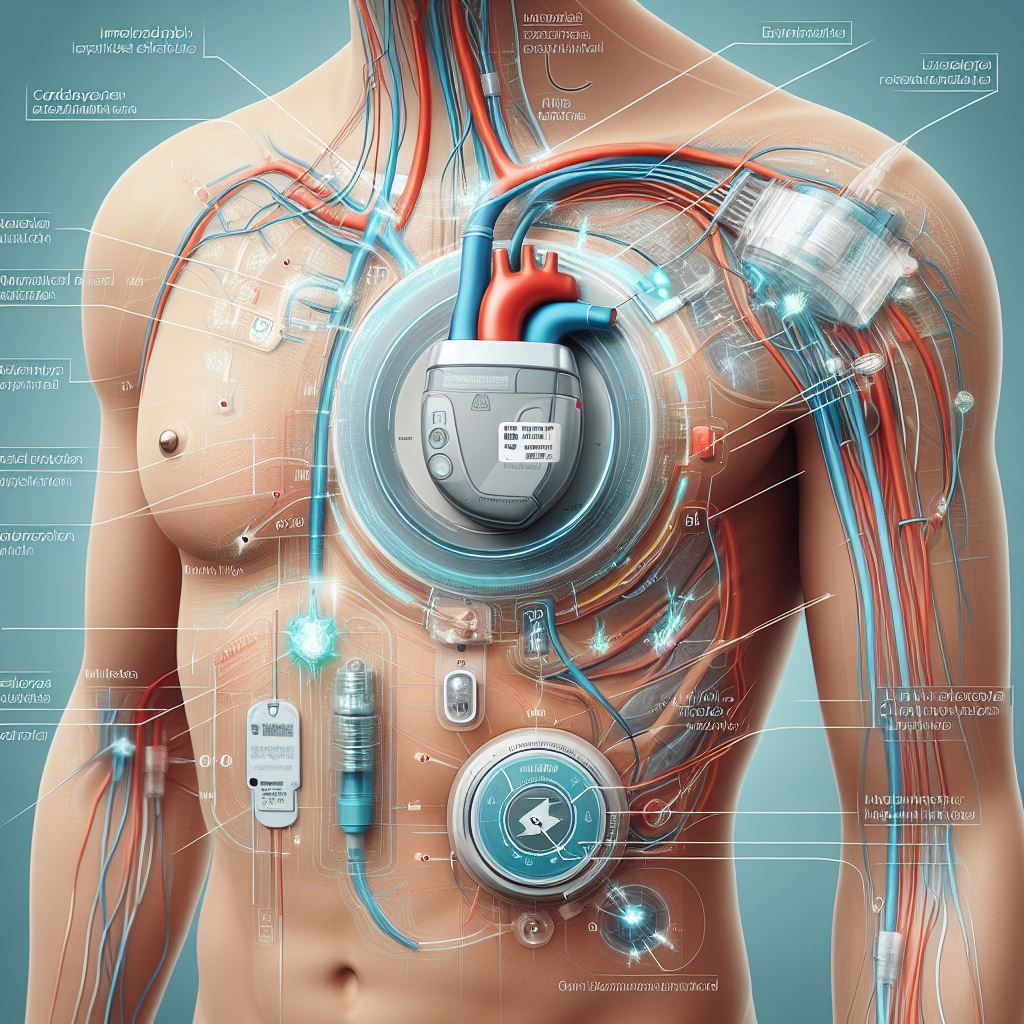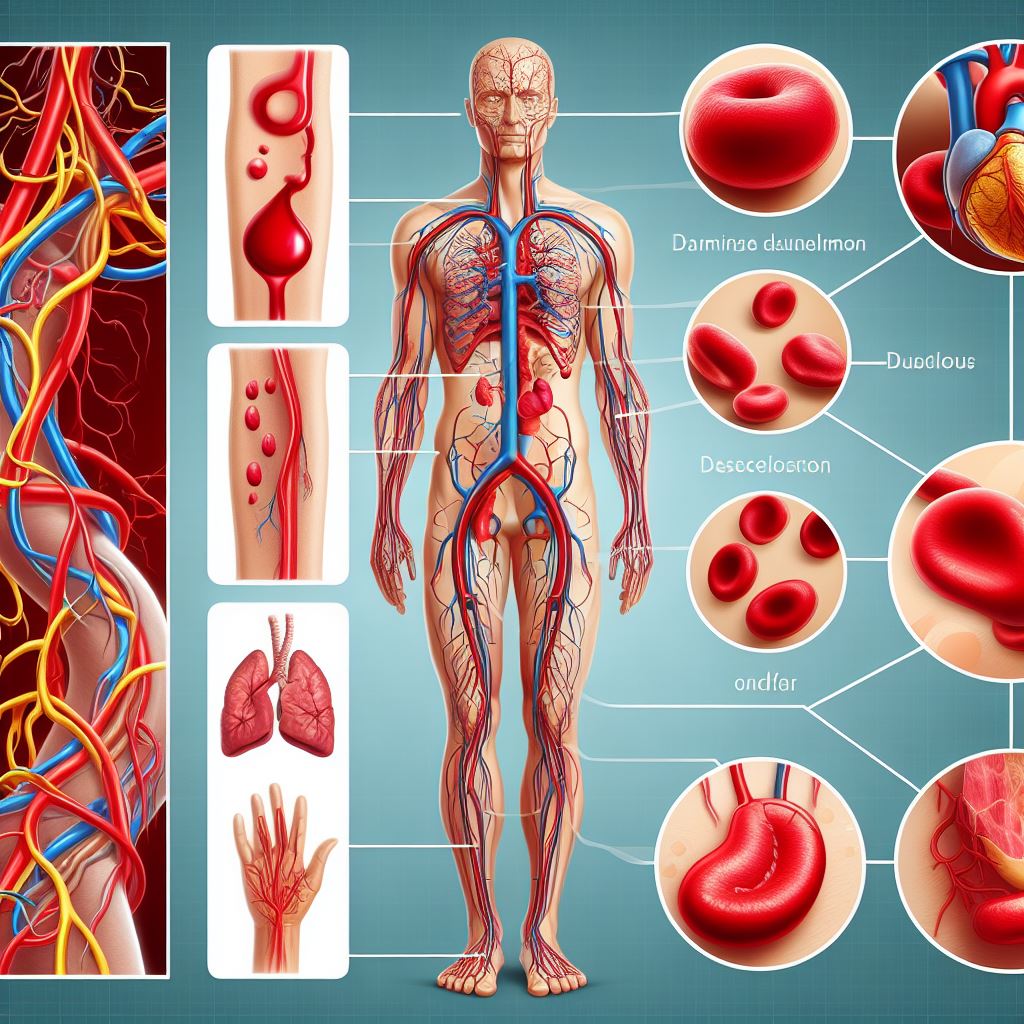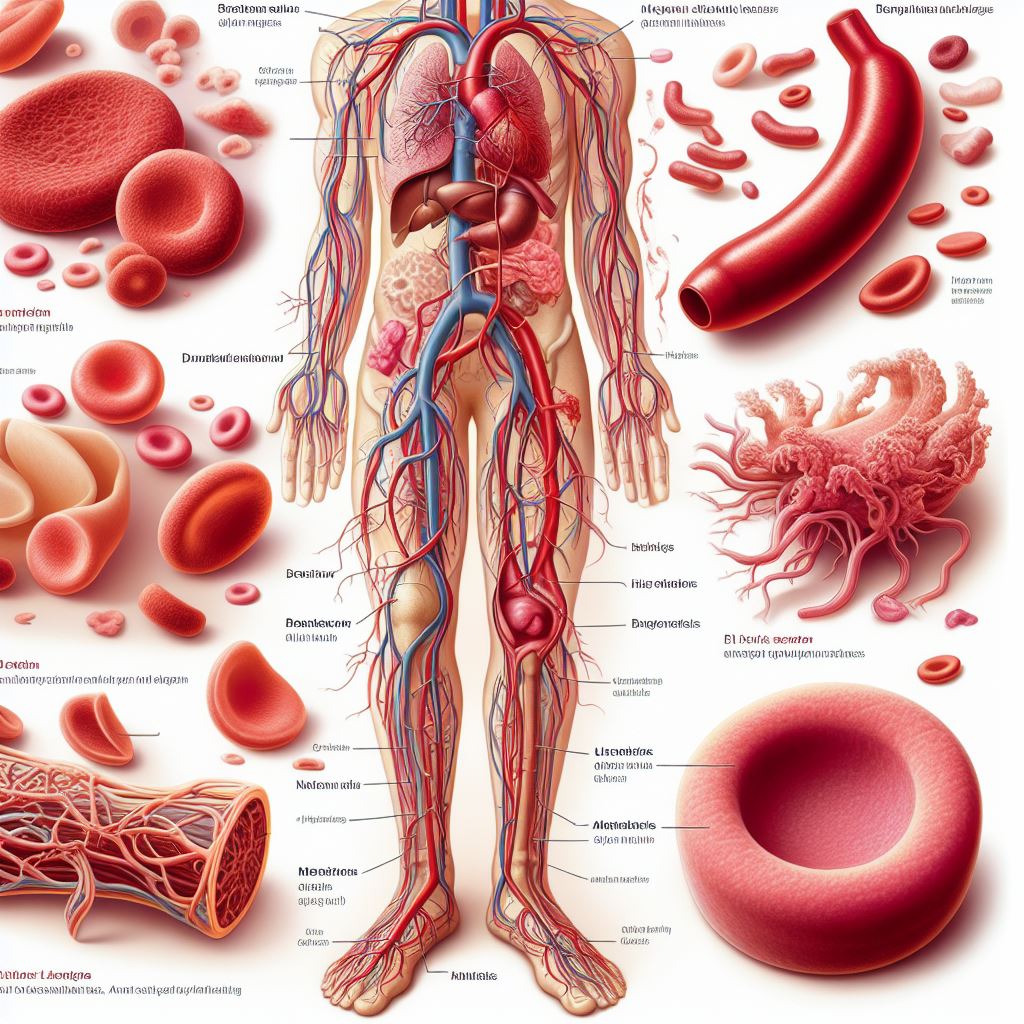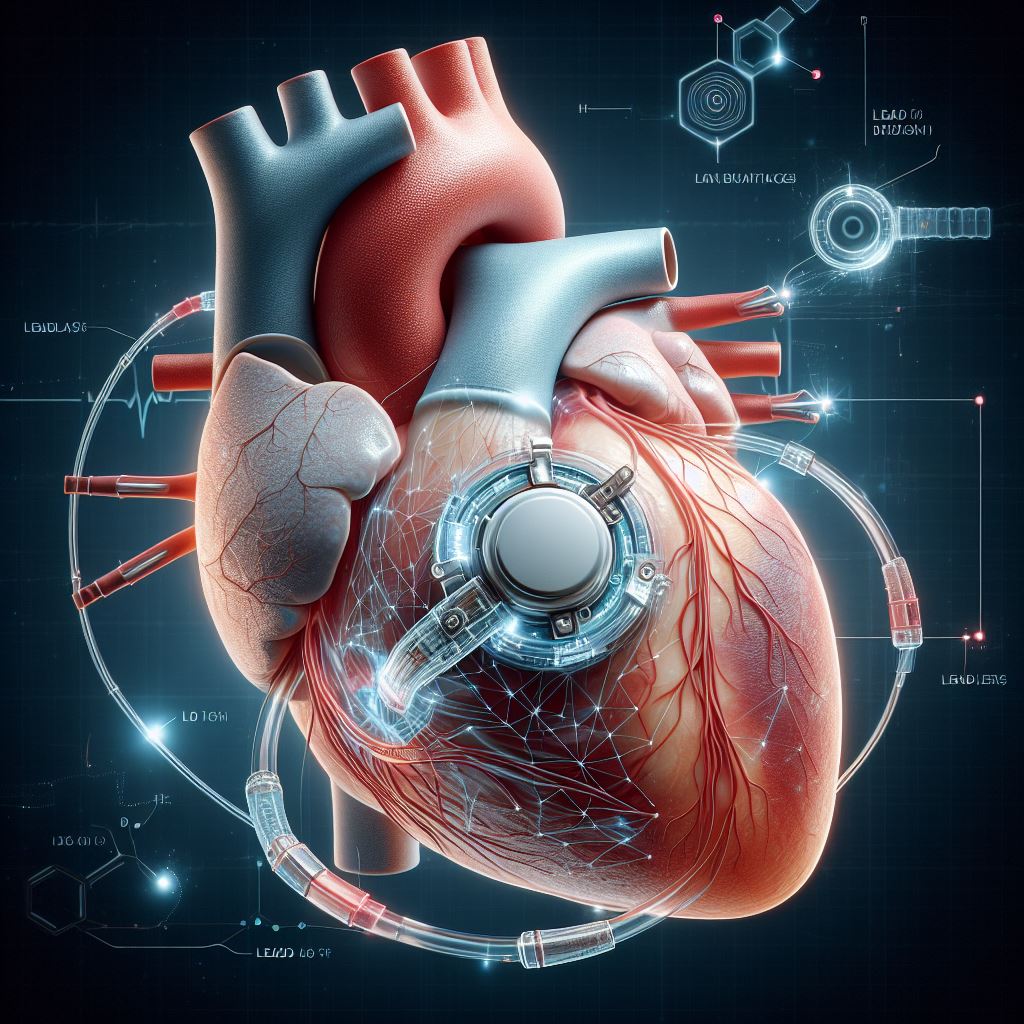
Leadless Pacemaker
Leadless Pacemaker: Revolutionizing Cardiac Care
Overview
A leadless pacemaker is a revolutionary advancement in cardiac care,
offering a sophisticated alternative to traditional pacemakers. Unlike
conventional devices that rely on lead wires, leadless pacemakers are
self-contained units that are implanted directly into the heart. This
innovative technology addresses several issues associated with traditional
pacemakers, making it a promising solution for individuals with heart rhythm
disorders.
Leadless pacemakers operate by
sending electrical impulses to the heart muscle, regulating the heartbeat, and
ensuring it maintains an optimal rhythm. The absence of leads, which are thin
wires used to connect the pacemaker to the heart, is a key feature that sets leadless
pacemakers apart. The elimination of leads reduces the risk of complications
associated with lead fractures, dislodgements, and infections, providing a more
reliable and durable solution for patients requiring pacemaker therapy.
Procedure
Implantation Process
The implantation of a leadless pacemaker involves a minimally invasive
procedure conducted in a specialized cardiac catheterization lab. The
step-by-step process is as follows:
1. Access Point: A small incision is made, typically in the groin area, to access the
blood vessels.
2. Catheter Insertion: A catheter, a thin and flexible tube, is then carefully guided through
the blood vessels, reaching the heart.
3. Placement: The leadless
pacemaker is precisely positioned within the heart chambers, ensuring optimal
functionality.
4. Testing: Once in place, the
pacemaker undergoes thorough testing to verify its pacing capabilities and
overall performance.
5. Closure: The incision site
is then closed, and the patient is monitored for a brief period to ensure
stability.
Risks and Benefits
Risks
While leadless pacemakers are generally considered safe, it is essential
to be aware of potential risks, including:
· Bleeding: Minimal bleeding
at the incision site is a common occurrence but is typically well-controlled.
· Infection: Although the risk
is low, any invasive procedure carries a potential risk of infection.
· Device-related Issues: While rare, malfunctions of the leadless pacemaker may occur, necessitating careful monitoring.
Benefits
The benefits of leadless pacemakers are substantial and contribute to
their increasing popularity among both patients and healthcare providers:
· Reduced Complications: The elimination of leads significantly reduces the risk of
complications associated with traditional pacemakers, such as lead fractures
and dislodgements.
· Minimally Invasive: Compared to conventional pacemaker implantation, the leadless pacemaker
procedure is minimally invasive, resulting in smaller incisions and reduced
trauma to the patient.
· Shorter Recovery Time: Patients typically experience a faster recovery period due to the
minimally invasive nature of the procedure.
· Improved Longevity: Leadless pacemakers are designed to be more durable, potentially
offering longer device longevity compared to traditional pacemakers.
· Enhanced Aesthetics: With no visible leads, leadless pacemakers provide a more aesthetically
pleasing solution, eliminating the need for a visible bulge beneath the skin.
Recovery
Recovery after leadless pacemaker implantation is generally swift, but
it is crucial for patients to follow specific guidelines to ensure optimal
healing. Key aspects of the recovery process include:
· Limit Activity: Patients are advised to avoid strenuous activities for a specified
period following the procedure. Light activities such as walking are encouraged
to promote blood circulation and overall well-being.
· Follow-up Appointments: Regular follow-up appointments with healthcare providers are essential
for monitoring the pacemaker's performance and addressing any concerns or
issues that may arise.
· Medication Management: Patients will likely be prescribed medications to manage pain and
prevent infection. Adherence to the prescribed medication regimen is crucial
for a successful recovery.
· Lifestyle Adjustments: Some lifestyle adjustments may be recommended, such as avoiding certain
electromagnetic devices and maintaining a heart-healthy lifestyle to support
overall cardiovascular well-being.
Future Developments
As technology continues to advance, the field of leadless pacemakers is
expected to evolve further. Ongoing research aims to enhance device design,
improve battery life, and address potential challenges associated with
long-term use. The future may bring about even smaller and more efficient
leadless pacemakers, expanding the applicability of this groundbreaking
technology to a broader range of patients.




